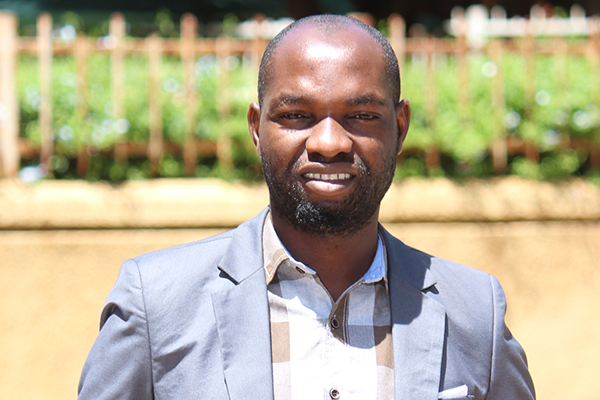
InspiraFarms developed an innovative and cost-effective technology of cold storage and post-harvest handling facilities, able to operate on and off-grid, with cloud-based remote monitoring. Their solar-powered technology solves some of the teething issues around bringing the cold chain into first-mile distribution, particularly close to production points.
In fruit and vegetable supply chains it is very common that the levels of postharvest losses can be higher than 30%. This is the result of a combination of factors, but a unifying theme is lack of cold chain infrastructure close enough to harvest points and the time lag between harvest and first cold chain access. This causes high levels of over-maturation and dehydration, with further impacts on quality preventing access to valuable markets.
Cooling within hours can extend the shelf-life of many fresh products from weeks to months, as well as provide additional flexibility on logistic schedules. Despite this, the cold chain system is still weak or non-existent in some African countries. In rural areas most farmers in the first mile of distribution lack the infrastructure required for developing the cold chain, such as grid connection. Even diesel generators are often unaffordable in the targeted areas.
During 2017, InspiraFarms installed an on-farm, solar-powered dry and cold storage facility to serve as an agricultural technology demonstration centre and commercial facility in a remote rural area of central Kenya. This facility was developed with EEP Africa financing to demonstrate the capabilities of their solar-powered cooling technology and modularity of the structure.
Their facilities, cold rooms and post-harvest handling pack-houses support a variety of post-harvest functions, such as aggregation, processing and cooling for a variety of agricultural products. The modular structure uses high-quality prefabricated components that allow rapid installation and easy future expansion with spaces compliant with food safety standards. They are designed and developed to be installed anywhere, such as rural and remote agricultural areas, and each facility can have the capacity for a large number of farmers.
Targeted Outcome and Impact
The dairy chilling facility set up during the project was intended to benefit more than 150 local households and rural cooperative members, with an estimated reduction of 32 tCO2e in annual emissions and the expectation that farmers could see their margins increase by 20-50% in the short term.
Currently the demonstration facility is used for retail and agro-veterinary services with separate areas for dairy chilling and collection, vaccine cold storage, dry storage, and a testing lab. InspiraFarms solar- powered dairy chiller increases milk quality while returning higher value to small-scale dairy farmers and minimising waste. The storage capability could also create opportunities for added-value items such as cheese and yoghurt.
In recent years, InspiraFarms has evolved to focus on fruit and vegetables supply chains, offering first- mile on-farm cooling solutions and handling facilities to farmers and agribusinesses needing to upgrade their operations to meet quality standards and reduce post-harvest losses of fresh produce. InspiraFarms has found that on-farm cooling solutions for fruit and vegetables supply chains are more competitive in terms of market opportunities than dairy cold chain solutions.
InspiraFarms currently has more than 60 units, representing more than 8,000 m2 of cold storage and processing space in the field. They have units operating in Kenya, Mozambique, Rwanda, South Africa, Zimbabwe and Ethiopia. The company is also growing fast in West African countries, especially in Ghana, in diverse export supply chains.
Marketing for the clean energy transition
Profile of Precious Vuma, Business Development and Marketing Manager at Powerlive ...
Using innovation to provide access to clean energy
Profile of Felix Boldt, Founder and CEO of Solarworx - Zambia...
Building a Start-up at the Nexus of Energy and Food
Profile of Admore Chiumia, Founder of Green Impact Technologies - Malawi...





